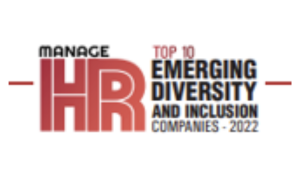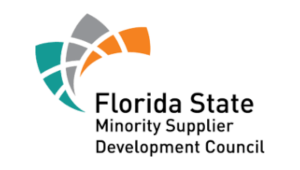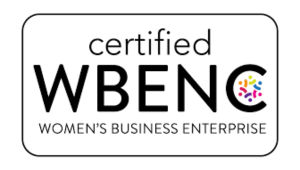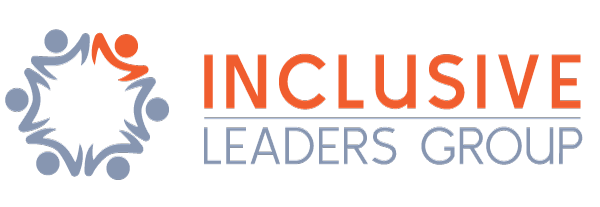Empowered, inclusive leadership is essential at all levels of an organization
In a 2014 paper evaluating leadership trends, the multinational management firm Deloitte advocated the importance of cultivating leaders at every level of an organization. Its authors explain:
“Today’s market environment places a premium on speed, flexibility, and the ability to lead in uncertain situations. At the same time, the flattening of organizations has created an explosion in demand for leadership skills at every level.”
Four years later in 2018, Deloitte issued a research report intended to help leaders think about how traditional notions of leadership must change: ‘Diversity of markets, customers, ideas, and talent is driving the need for inclusion as a new leadership capability.”
“We are not suggesting a wholesale replacement of previous leadership theory. Elements of inclusive leadership are echoed in transformational, servant, and authentic leadership, for example, and these concepts are carried forward. However, we have amplified and built on these known attributes to define a powerful new capability uniquely adapted to a diverse environment. Understanding and being adept at inclusive leadership will help leaders thrive in their increasingly diverse environment.”
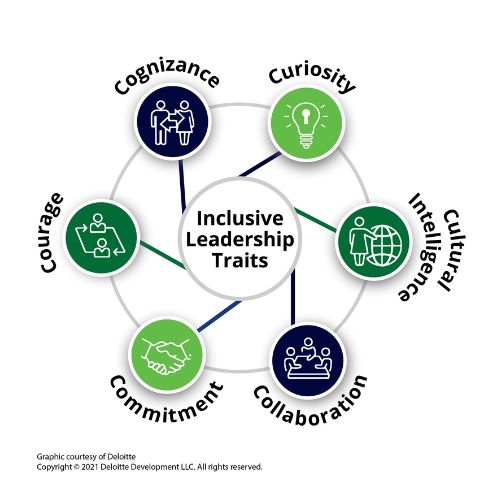 Deloitte described six attributes of inclusive leaders who display the ability to not only embrace individual differences but to potentially leverage them for competitive advantage. The framework defines inclusive leadership through six traits: commitment, courage, cognizance of bias, curiosity, cultural intelligence, and collaboration.
Deloitte described six attributes of inclusive leaders who display the ability to not only embrace individual differences but to potentially leverage them for competitive advantage. The framework defines inclusive leadership through six traits: commitment, courage, cognizance of bias, curiosity, cultural intelligence, and collaboration.
The Leadership Pipeline and Succession Planning
An effective succession plan helps identify and groom high-potential managers for advancement into key, senior positions, while a leadership pipeline cultivates a pool of quality leaders with diverse management expertise and provides them with opportunities for professional growth.
In reality, leadership pipeline centers on a business book by Ram Charan, James Noel, and Stephen Drotter; The Leadership Pipeline shows companies how to build their own leaders by understanding the critical passages a leader must navigate, by providing the appropriate development for navigating those passages, and by building the right systems to ensure a full pipeline of leaders, both now and in the future. Unfortunately, this terminology is often misused, misunderstood, and misapplied to many models and diagrams.
Most people hear pipeline and think vertical advancement. However, that’s a “pipe dream”, not a pipeline. A leadership pipeline does not focus solely on developing top-tier leaders. A leadership pipeline provides a framework for developing all your people with core competencies specific to each leadership level and role-based competencies.
Six (6) Transitions of Leadership
The authors describe seven (7) levels of leadership with six (6) Transitions of Leadership in between. The best leaders in every organization are the leaders who have grown through each of these levels, to learn the values and skills on their way to the next level.

- The first transition is about managing yourself to managing others. The biggest challenge in this transition is that you have to learn to let others do the work instead of doing it yourself. This means you have to learn to plan, delegate, and learn to judge the performance of others.
- The second transition is about managing others to leading managers. And the most important skill you need to learn here is to be able to build a good team of managers. The amount of work you do yourself becomes less and less, and you are therefore responsible for developing a good team that delegates the work for you. At this level, it is first necessary to recognize the strengths in people that you do not own yourself.
- The third transition describes the growth of leading managers to functional manager. At this level, you are really taken out of your comfort zone because you are dealing with functional managers from other positions than the position, in which you have grown into. You have to take a long-term perspective (3-5 years) and discuss resources with colleagues. You also have to learn how your function serves the general business objectives and learn how the business model works.
- The fourth transition then is from functional manager to business manager. And in this step, you have to adjust your view from product focus to profit focus. The biggest challenge is therefore to make decisions based on financial data such as costs and revenues and to assess all functions objectively (and not to improve the position in which you have been promoted to). At this level, it is important to learn to reflect on yourself and learn independently to learn how to deal with new external factors that play a role, such as governments, customer groups, and geographical challenges.
- Transition five is from business manager to group manager. And this too is a heavy transition. The group manager is responsible for investing and divesting in different businesses (portfolio strategy) so that groups of business managers will always be dissatisfied. The group manager should be involved with coaching and development of business managers for half of the time, about 25% of the time with strategic thinking, and 10-20% of the time supporting the CEO.
- The final transition is from group manager to Enterprise manager, or CEO, the most visible leadership position of the organization, where you may also have to deal with stock market values and shareholders, various committees and advisory bodies, and the media. Important challenges of the Enterprise manager are delivering continuous predictable results, giving direction to the organization (more than just a vision on paper), ensuring that all layers under him / her coach their team to continuously fill the pipeline, and get things done when a problem occurs.
Developing Inclusive Leaders At All Levels
Frontline Inclusive Leaders:
Frontline leaders—the managers and supervisors who directly supervise individual contributors—can have a huge impact on an organization’s DEI performance. A large company may have hundreds or even thousands of people performing this role, and they have the most direct influence on the day-to-day experience of employees. Frontline leaders are particularly critical in implementing large cultural changes such as diversity, equity, and inclusion (DEI) initiatives, where even the best-intended programs will fail if they don’t have inclusive leaders on the frontline. Inclusive Leaders Group offers inclusive leadership training tailored for frontline managers and supervisors.
Mid-level Inclusive Leaders:
If you are a mid-level leader such as a Director at your organization, odds are you were thrown into the role with minimal, or no, training on how to be an effective leader. And odds are even greater that you’ve been asked to take on some diversity, equity, and inclusion (DEI) responsibilities without proper training on inclusive leadership. You might understand that DEI and inclusive leadership are important but aren’t sure how to put the concepts into practice. Inclusive Leaders Group offers inclusive leadership training tailored for director-level leaders and general managers.
Executive Inclusive Leaders:
Creating an equitable and inclusive environment at every organization’s level is critical for your organization’s internal health. Committing to inclusion helps your organization court the best talent, improve employee retention, and reduce gaps in your leadership pipeline. Right now, the higher levels of organizations are very homogenous. Women and Black senior leaders can feel like outsiders to their teams. For executives, improving inclusive leadership skills is the best way to continue to keep your finger on the pulse of your changing and growing organization. Helping senior leaders address their organization’s challenges, including inclusive leadership, is why Inclusive Leaders Group offers inclusive leadership executive coaching.
The best way to learn more about inclusive leadership development for your frontline, mid-level, and/or Senior level is to schedule a FREE 30-minute consult with me so we may discuss your leadership strategy and training or coaching needs. To prepare for our conversation, download our FREE 12-page Inclusive Leadership E-Guide.
Resources
Download the FREE E-book: The CHRO’s Guide to Advancing Workplace DEIB: A Human Resource Leader’s Guide to Advancing Diversity, Equity, Inclusion & Belonging in the Workplace. DOWNLOAD HERE
As CEO and Principal Consultant of Inclusive Leaders Group, LLC, Charlotte Hughes MS, CDP, SHRBP, CPLP brings a diverse background as an accomplished Workforce and Organizational Development and Diversity & Inclusion global thought leader and practitioner for several major Fortune 100 companies and one of the largest health systems in the U.S. Charlotte delivers more than 60 speeches and facilitates roughly the same number of training workshops each year.
Inclusive Leaders Group, LLC: A Strategic Consulting Firm Specializing in Diversity, Equity, and Inclusion (DEI) as a Business Strategy. A Certified Woman-Owned & Minority-Owned Business. Don’t go it alone with your DEI strategy. Go with the experts. VISIT US
/**********************/for seo
cultivating-leaders
The importance of cultivating leaders at every level and the six transitions of leadership that the best leaders grow through.





